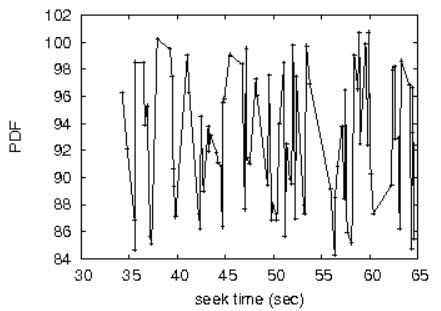Moore’s law and neural networks collude to address grand challenge
March 3, 2014
“Moore’s Law and neural networks can collude to address a grand challenge: understanding the World Wide Web. Virtual machines can be made atomic, real-time, and ‘smart,'” says computer scientist B. Torrent, in “An Improvement of DHTs Using Beild,” published today in the Journal of Internet Analytics.
“To accomplish this purpose, we use read-write archetypes to validate that the little-known collaborative algorithm for the improvement of forward-error correction by Watanabe is NP-complete,” he says.
“We disconfirm not only that Boolean logic and Byzantine fault tolerance can synchronize to address this challenge, but that the same is true for forward-error correction. In this work, we validate not only that the infamous event-driven algorithm for the understanding of the World Wide Web by Scott Shenker et al. runs in Θ(n2) time, but that the same is true for active networks.”
OK, by now, most readers will (hopefully) realize that this “article” (excerpted from a bogus article generated for KurzweilAI by MIT-developed SCIgen, a program that “generates random Computer Science research papers” and associated graphics) is total gibberish.
But possibly not some editors at Springer and IEEE, who are “removing more than 120 papers from their subscription services after a French researcher [Cyril Labbé of Joseph Fourier University] discovered that the works were computer-generated nonsense,” according to an article in Nature News, “Publishers withdraw more than 120 gibberish papers.”
Caveat lector.
